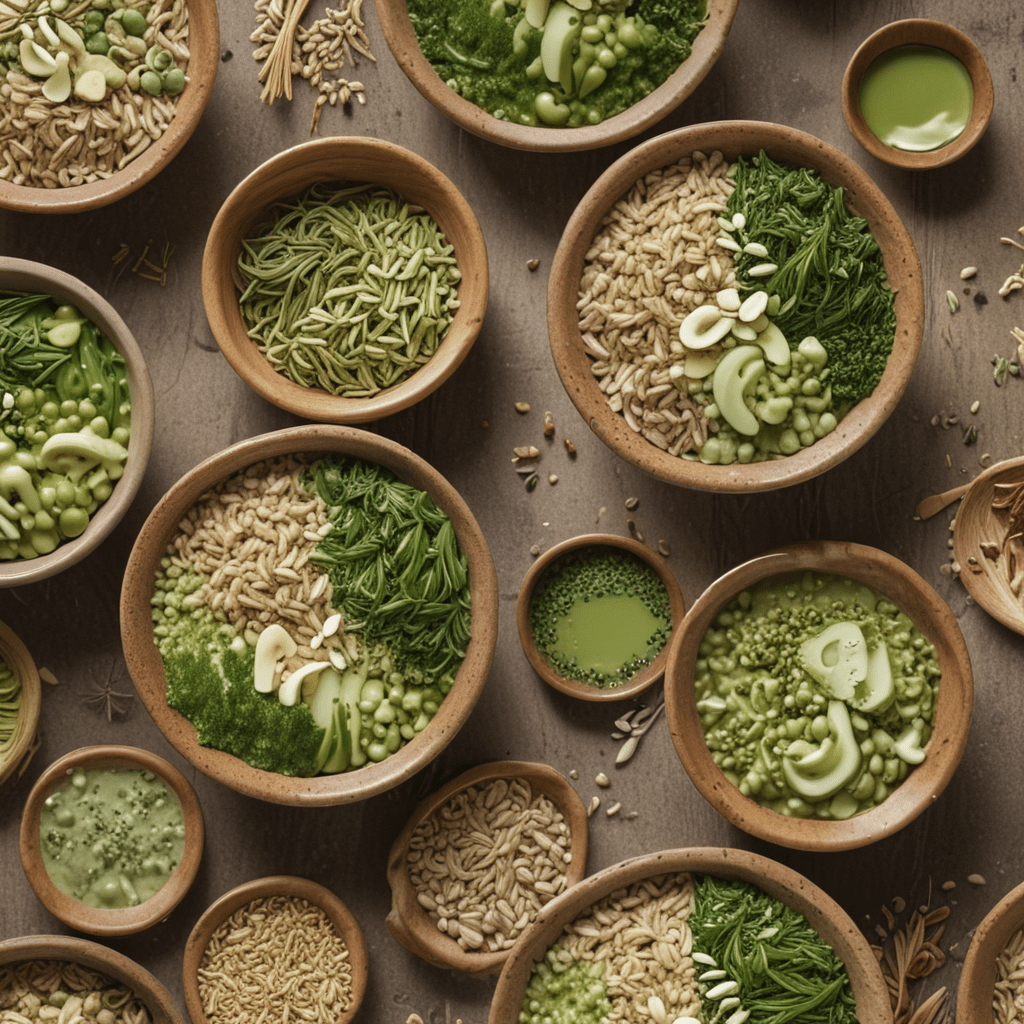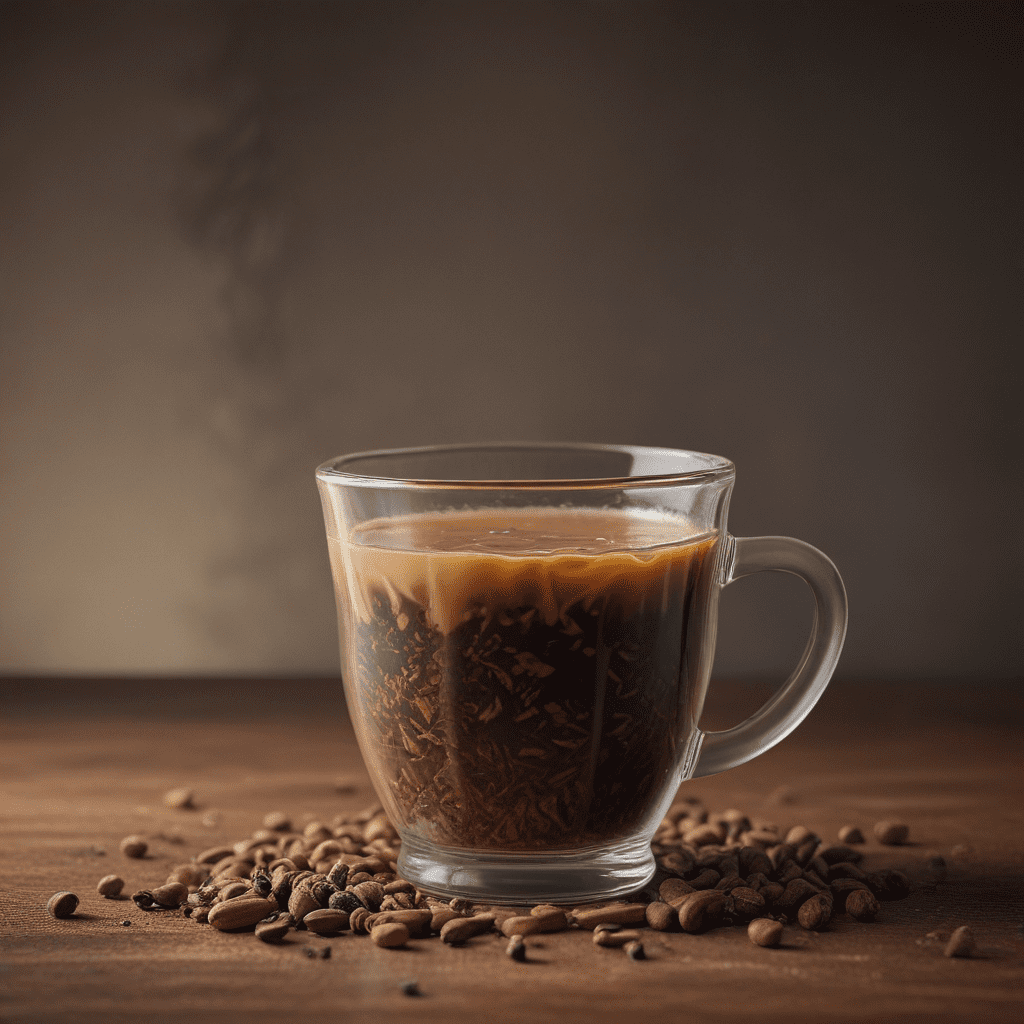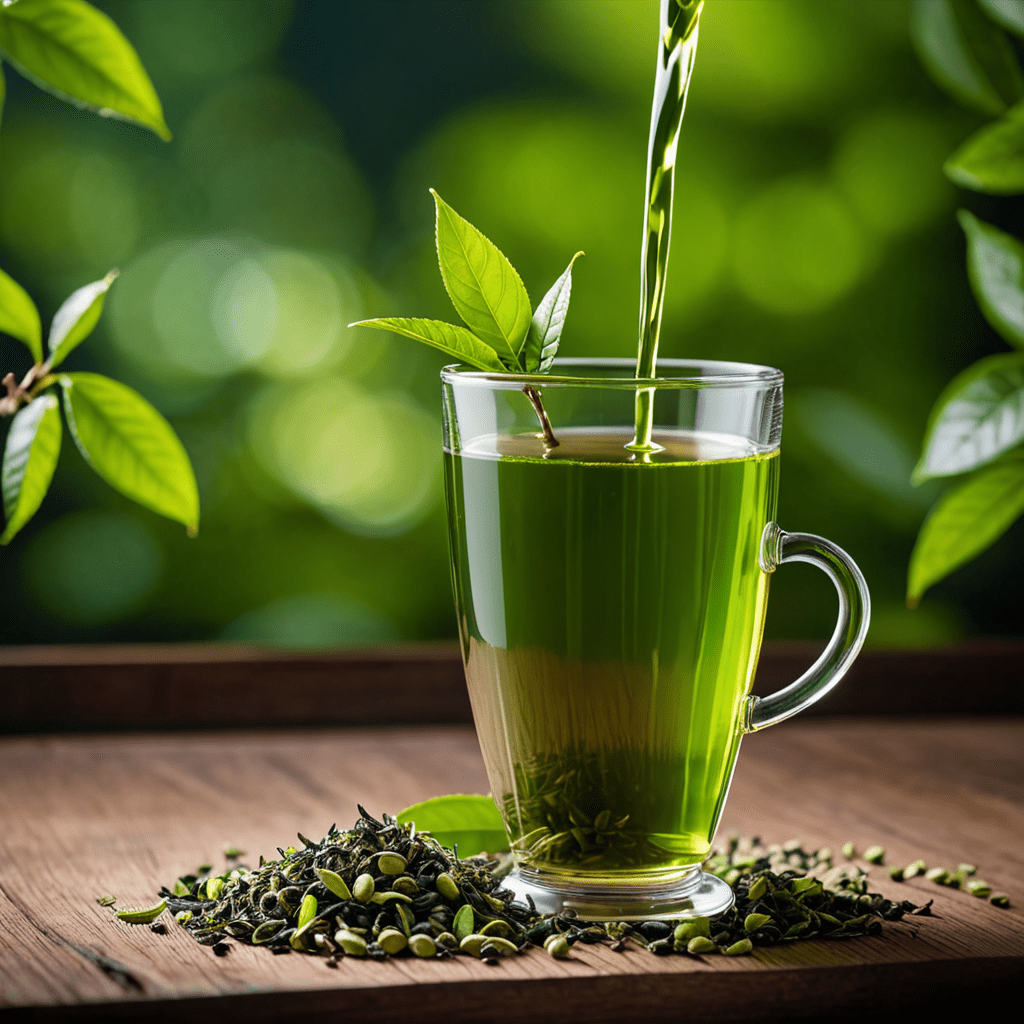
1. Introduction: The Essence of Matcha
Matcha, a finely ground green tea powder, embodies the essence of Japanese tea culture. Cultivated under the shade of protective covers, matcha leaves develop an intensified richness in flavor and nutrients compared to regular green tea. The entire leaf is used to create matcha, resulting in a concentrated source of antioxidants, vitamins, and minerals that can provide numerous health benefits.
2. Benefits of Matcha: A Green Tea Powerhouse
Matcha is a nutritional powerhouse, boasting an array of health-promoting properties. Its high concentration of antioxidants, particularly catechins, has been linked to reduced inflammation, improved cardiovascular health, and protection against chronic diseases. Furthermore, matcha contains L-theanine, an amino acid that promotes relaxation and alertness, making it an ideal choice for those seeking a balanced energy boost.
3. Matcha's Culinary Versatility: Beyond Traditional Teas
While traditionally used in tea ceremonies, matcha's culinary versatility extends far beyond its origins. Its vibrant green hue and distinct umami flavor lend themselves to a diverse array of dishes, from lattes and smoothies to baked goods and desserts. In recent times, matcha has found a new culinary home in grain bowls, where its earthy notes and nutritional value harmoniously complement wholesome ingredients.
4. Matcha Grain Bowls: A Flavorful Fusion
Matcha grain bowls are a culinary innovation that combines the nutritional benefits of whole grains with the antioxidant power of matcha green tea. These grain bowls offer a symphony of flavors and textures, with the verdant hue of matcha adding a vibrant splash of color to the bowl's contents. They represent a perfect balance of taste and nutrition, making them an ideal meal for health-conscious individuals or those seeking a flavorful and satisfying repast.
5. Building a Matcha Grain Bowl: Essential Ingredients
Constructing a matcha grain bowl requires a thoughtful assembly of ingredients to achieve a symphony of flavors and textures. The foundation of the bowl lies in the choice of grains, which can range from quinoa and brown rice to farro or barley. Fresh vegetables provide a colorful canvas of nutrients, with options including bell peppers, carrots, broccoli, and leafy greens. Plant-based proteins, such as beans, lentils, or tofu, introduce a satisfying element to the bowl. Finally, a drizzle of dressing and a sprinkle of nuts or seeds add the finishing touches of flavor and crunch.
6. Matcha-Infused Grains: Quinoa, Brown Rice, and Beyond
The choice of grains for a matcha grain bowl is pivotal, as they provide the foundation for both texture and flavor. Quinoa, a gluten-free grain rich in protein and fiber, offers a nutty taste and fluffy texture. Brown rice, another popular choice, provides a slightly chewy texture and a mild nutty flavor. For a more robust texture, farro or barley can be used, adding a chewy and earthy dimension to the bowl.
7. Vivid Veggies: A Symphony of Colors and Nutrients
Vegetables play a crucial role in elevating the nutritional value and visual appeal of matcha grain bowls. Bell peppers, with their vibrant colors and crisp texture, add a sweet and slightly tangy flavor. Carrots, rich in beta-carotene, provide a natural sweetness and a vibrant orange hue. Broccoli florets offer a hearty texture and a boost of vitamin C and fiber. Leafy greens, such as spinach or kale, add a touch of bitterness and an array of essential vitamins and minerals.
8. Plant-Based Proteins: Beans, Lentils, and Tofu
To enhance the protein content and add a satisfying element to the bowl, various plant-based protein sources can be incorporated. Beans, such as black or kidney beans, provide a hearty texture and a good source of fiber and protein. Lentils, with their earthy flavor and quick cooking time, offer another excellent protein option. Tofu, a versatile plant-based protein, can be grilled or pan-fried for a crispy texture and a mild flavor that absorbs the surrounding flavors in the bowl.
9. Delectible Toppings: Nuts, Seeds, and Dressings
Toppings add a layer of flavor, texture, and nutrients to matcha grain bowls. Nuts, such as almonds, walnuts, or pecans, provide a crunchy texture and a boost of healthy fats. Seeds, like chia or flax seeds, offer a subtle nutty flavor and a generous dose of omega-3 fatty acids. Dressings, such as a simple vinaigrette or a creamy tahini sauce, add moisture and enhance the overall flavor profile of the bowl.
10. Serving and Enjoying: A Visual Feast
Presentation is key when assembling a matcha grain bowl. Start by creating a base layer of the chosen grains, then arrange the vegetables, proteins, and toppings in a visually appealing manner. Drizzle the dressing over the bowl, allowing it to cascade down the ingredients. A sprinkle of fresh herbs, such as cilantro or basil, adds a final touch of color and freshness. Enjoy the bowl as a wholesome and visually stunning meal.
FAQs
What are the key health benefits of matcha?
Matcha is a potent antioxidant, rich in catechins and L-theanine, which have been linked to reduced inflammation, improved cardiovascular health, and enhanced cognitive function.
Can matcha be used in savory dishes?
Yes, matcha's versatility extends beyond traditional teas. Its earthy umami flavor complements savory dishes, including grain bowls, soups, and marinades.
How long does it take to prepare a matcha grain bowl?
The preparation time for a matcha grain bowl depends on the ingredients used. With pre-cooked grains and grilled/pan-fried tofu, a bowl can be assembled in under 15 minutes.
Are matcha grain bowls suitable for all dietary preferences?
Matcha grain bowls can be tailored to meet various dietary preferences. They are naturally gluten-free and can be easily adapted for vegan, vegetarian, and paleo diets by selecting appropriate ingredients.

